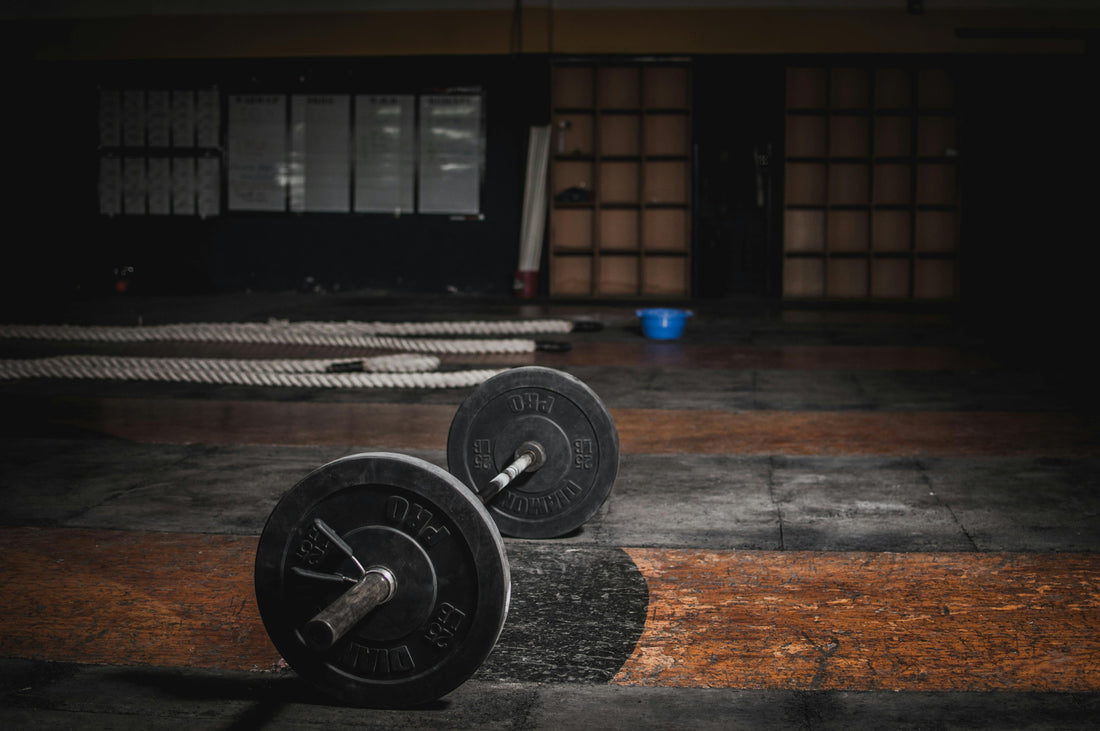
What Happens to Blood Flow When You Lift Weights
Share
When you lift weights, your muscles contract—and those contractions do more than just move the weight. They also squeeze the blood vessels inside your muscles. If the weight is light, blood can still flow and bring in oxygen. But if the weight is heavy, the muscle can press so hard that it blocks blood flow. This point is known as Critical Occluding Tension (COT).
COT is the point where the pressure inside the muscle during a contraction is strong enough to stop blood from flowing in. Below this point, oxygen and nutrients can still reach the muscle. Above it, the muscle has to work with little to no oxygen coming in. This can affect your performance and how long you can sustain the exercise.
The Study: How Researchers Found the COT
A new study tested this by having people perform leg extensions at different weights—from very light (15% of their 1-rep max) to very heavy (80%). They did each test in two ways: once with normal blood flow, and once with a cuff that blocked blood flow from the outside.
The goal was to see at what point the muscle itself blocks its own blood flow. By comparing performance and oxygen levels in the muscle, they found something important: the transition happens between 30% and 40% of 1RM.
At weights under 30%, the muscles got more oxygen and could perform better when blood flow was normal. But once the weight reached 40%, there was no difference between the two conditions. That means the muscle was already blocking its own blood flow even without the cuff.
What This Means for Your Workouts
Understanding COT helps you plan your workouts better. Here's what it means in simple terms:
- Lighter loads (under 30% 1RM) allow your muscles to keep receiving oxygen, which helps you do more reps. This is useful for endurance-focused training or rehab.
- Heavier loads (40% and above) block blood flow during the set. This can build more strength, but you’ll fatigue faster.
- Between 30–40% 1RM is a transition zone. Your body may start struggling to deliver oxygen as the muscle contracts harder.
Practical Advice for Lifters
- If your goal is muscle endurance, staying under 30% 1RM with higher reps could be effective.
- If your goal is muscle growth and strength, using loads above 40% 1RM is likely more efficient, but be prepared for quicker fatigue.
- Mixing loads in a training program can offer both oxygen-rich endurance work and strength-focused, high-tension training.
- For people doing blood flow restriction (BFR) training, understanding this concept helps you select the right loads. Lighter weights may still produce results when blood flow is intentionally limited.
Final Thoughts
This study shows that your muscles start limiting their own blood supply somewhere between 30% and 40% of your maximum lifting ability. Knowing this can help you train smarter, depending on whether you're aiming to build strength, improve endurance, or recover from injury. Oxygen matters more than you might think—even when you're just lifting weights.
